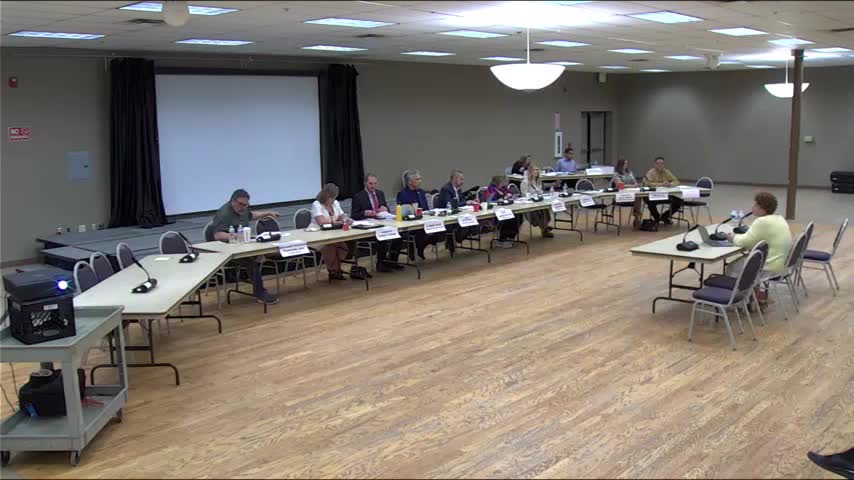New Mexico Aims for Zero Traffic Fatalities by 2050 with Holistic Safety Strategies
August 21, 2025 | Transportation Infrastructure Revenue Subcommittee, Interim, Committees, Legislative, New Mexico
This article was created by AI summarizing key points discussed. AI makes mistakes, so for full details and context, please refer to the video of the full meeting. Please report any errors so we can fix them. Report an error »

In a recent meeting of the Interim Transportation Infrastructure Revenue Subcommittee in New Mexico, officials discussed a comprehensive strategy aimed at reducing traffic fatalities across the state. The meeting highlighted the urgent need for a holistic approach to transportation safety, particularly as New Mexico grapples with the highest pedestrian fatality rate in the nation and ranks third in overall traffic crashes.
The subcommittee emphasized the importance of adopting proven safety measures from other states and integrating them into New Mexico's existing transportation safety programs. This approach, referred to as the "safe system" strategy, aims to create a more resilient transportation network that not only prevents crashes but also mitigates the severity of accidents when they do occur. Officials stressed that the goal is to achieve zero traffic fatalities by 2050, a target that requires collaboration among various stakeholders, including public and private partners, traffic safety advocates, and local governments.
Key discussions revolved around the need for better coordination among the nine different safety plans currently in place at the New Mexico Department of Transportation (NMDOT). By streamlining these efforts, officials believe they can enhance the overall effectiveness of safety initiatives. The meeting also introduced several tools designed to improve road safety, including AASHTOWare safety, which allows for detailed analysis of crash data and identification of potential safety improvements.
However, the subcommittee acknowledged that without increased funding for maintenance, many of these safety enhancements could remain unimplemented. The conversation highlighted the misconception that prioritizing safety measures would detract from road maintenance. Instead, officials argued that investing in safety can prolong the lifespan of roads and ultimately save costs.
The meeting concluded with a commitment to further analyze crash data and engage with local transportation departments to develop a more comprehensive understanding of the factors contributing to traffic fatalities. As New Mexico continues to confront its challenging safety statistics, the subcommittee's proactive approach signals a determined effort to transform the state's transportation landscape and improve safety for all road users.
The subcommittee emphasized the importance of adopting proven safety measures from other states and integrating them into New Mexico's existing transportation safety programs. This approach, referred to as the "safe system" strategy, aims to create a more resilient transportation network that not only prevents crashes but also mitigates the severity of accidents when they do occur. Officials stressed that the goal is to achieve zero traffic fatalities by 2050, a target that requires collaboration among various stakeholders, including public and private partners, traffic safety advocates, and local governments.
Key discussions revolved around the need for better coordination among the nine different safety plans currently in place at the New Mexico Department of Transportation (NMDOT). By streamlining these efforts, officials believe they can enhance the overall effectiveness of safety initiatives. The meeting also introduced several tools designed to improve road safety, including AASHTOWare safety, which allows for detailed analysis of crash data and identification of potential safety improvements.
However, the subcommittee acknowledged that without increased funding for maintenance, many of these safety enhancements could remain unimplemented. The conversation highlighted the misconception that prioritizing safety measures would detract from road maintenance. Instead, officials argued that investing in safety can prolong the lifespan of roads and ultimately save costs.
The meeting concluded with a commitment to further analyze crash data and engage with local transportation departments to develop a more comprehensive understanding of the factors contributing to traffic fatalities. As New Mexico continues to confront its challenging safety statistics, the subcommittee's proactive approach signals a determined effort to transform the state's transportation landscape and improve safety for all road users.
View full meeting
This article is based on a recent meeting—watch the full video and explore the complete transcript for deeper insights into the discussion.
View full meeting
